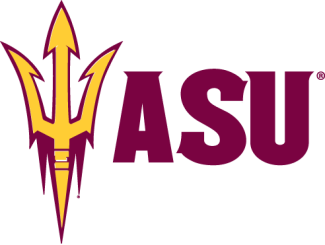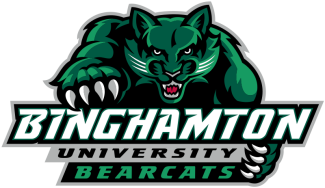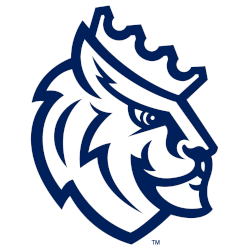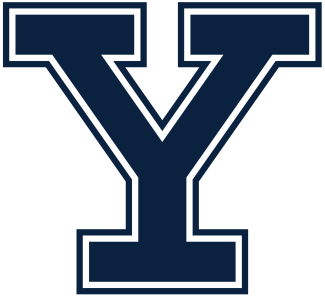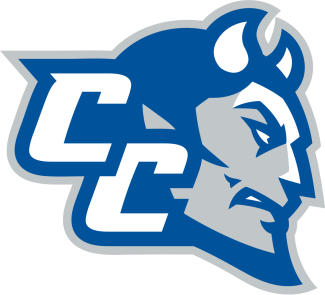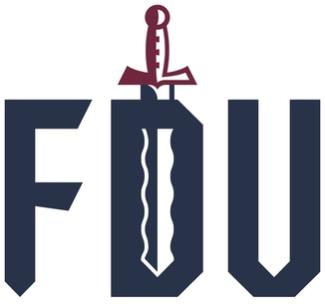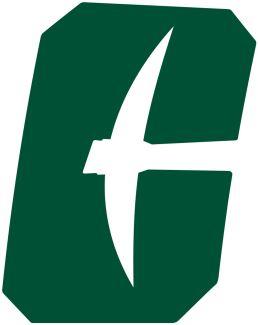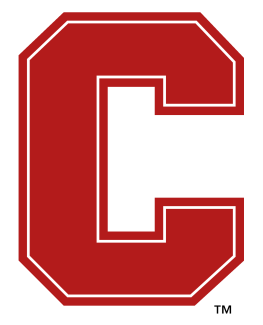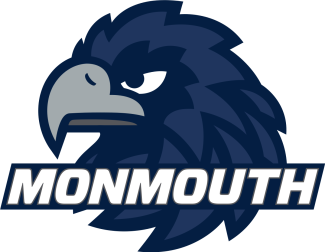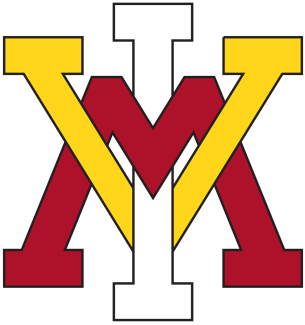Haudenosaunee success has translated to two bronze-medal finishes at the 2014 FIL World Lacrosse Championships in Denver and 2018 World Lacrosse Championships in Netanya, Israel. The Iroquois Nationals experienced a delayed arrival to Israel due to Canada’s initial rejection of their tribal passports.
The Iroquois Nationals’ indoor team has also finished as high as second place in international competition, and the Onondaga Nation hosted the 2015 WILC.
For generations, Haudenosaunee women and girls were restricted from playing the Creator’s Game until recent reformations created a pathway for them to proudly represent our nations. World Lacrosse granted the Haudenosaunee women’s national team membership in 2008. In 2009, the Iroquois women’s team made its official international debut at the 2009 FIL Women’s World Lacrosse Cup in Prague, Czech Republic, and earned an emphatic first international win in a 20-0 decision over Austria.
Within the World Lacrosse structure, the highest placement for the Iroquois Nationals women’s lacrosse team was a seventh-place finish at the 2013 FIL Women’s Lacrosse World Cup in Ontario. In 2015, the United Kingdom rejected the Haudenosaunee women’s passports in hopes of attending the 2015 FIL Women’s U19 Lacrosse World Championships in Edinburgh, Scotland. It should also be noted that the 2019 Haudenosaunee senior women’s team went undefeated (4-0) in order to win the Pan-American Lacrosse Association World Cup Qualifiers in Auburndale, Fla.
More national recognition has come to Indigenous players recently, in large part due to this summer’s Premier Lacrosse League Championship Series.
The Premier Lacrosse League’s NBC broadcast between Redwoods LC and Atlas LC on Aug. 1 was a historic moment in sports history. Atlas LC midfielder and Onondaga member Jeremy Thompson led one of the first land acknowledgements on national sports television before the game to promote solidarity with the Haudenosaunee national lacrosse teams and Indigenous peoples of North America.
“What a land acknowledgement means to me is to give thanks to everything here on Earth and provided for us here as humans to sustain ourselves,” Thompson said. “Things that stick out to me as a professional athlete is the tree. The reason why I say that is because it’s where the game has originated. The most important part of the game is the lacrosse stick. Where the stick derives from is the tree, the hickory tree, to be specific.”
To conclude in the Haudenosaunee language, Thompson’s translation reads, “I am thanking our creator for my wellness today. Now our minds are one.”
After winning the PLL championship, Whipsnakes LC attackman Zed Williams dedicated his victory speech to his late father and notably clutched his lacrosse stick and MVP trophy the entire time.
Recent Haudenosaunee excellence translated into outstanding performances in both professional outdoor leagues. Williams dominated the Premier Lacrosse League circuit with a league-leading 20 goals on 59 shots in his inaugural PLL season. Williams’ wizardry also earned him 23 points (second-most in the league). This performance earned the Seneca Nation attackman and Virginia alum the PLL Championship Series MVP Award, as his Whipsnakes won the PLL title.
We saw a tandem of offensive efficiency by Chaos LC teammates Austin Staats and Miles Thompson. Staats, from Onondaga Community College, shot 42 percent in seven games. Thompson, the Albany standout, shot 36 percent in seven games. Both performances helped fuel an improbable comeback season for Chaos LC, as the team went 0-4 in pool play but won every tournament game leading to a PLL championship game loss to the Whipsnakes.
Finally, Major League Lacrosse was shown another year of Six Nations Reservation excellence from the Thompson and Staats families. 2020 MLL MVP and Chesapeake Bayhawks attackman Lyle Thompson dazzled with 3.8 points per game, 2.8 goals per game, five assists and 19 points. Thompson’s performance earned him the 2020 MLL Powell Offensive Player of the Year Award. Randy Staats, from Syracuse University and the 2020 MLL Champion Boston Cannons, produced 10 assists.
There is no higher honor than to play the Creator’s Game on the biggest stages while making our ancestors proud. Therefore, lacrosse must continue to uplift Indigenous lacrosse figures in solidarity and help us honor tribal sovereignty.
Without Indigenous peoples, there is no lacrosse. Without the Great Law of Peace, there is no United States Constitution. We must proceed by demonstrating to the world what ambassadors of equality look like on and off the field. We can’t change the world until we change ourselves.
Recruiting Boom
Blaxers Blog has made an effort since it’s foundation in 2017 to highlight minority high school recruits who are making waves on and off the field. Founders Don Wilson and Mark Paul admit that college coaches have even reached out to them inquiring about players seen on the blog.
This week, Blaxers Blog celebrated a number of high school players making their commitments to top-tier Division I schools. On Sept. 22, the blog featured Malachi Jones (Virginia), one of three players from Nationals Lacrosse Club highlighted.
Give Blaxers Blog a follow and peruse its Instagram Story for more college commitments.
Xavier Arline Starts
The lacrosse community was abuzz when news came out that highly touted lacrosse recruit turned Navy football freshman Xavier Arline got the start at quarterback for the Midshipmen. Arline, Inside Lacrosse’s No. 5 recruit in the 2020 class, originally committed to North Carolina for lacrosse in eighth grade.
After Mack Brown took over as UNC head football coach, the offer was rescinded. He opened his recruitment back up and wanted to find a school where he could play both football and lacrosse.
He found the right match in Annapolis. Arline rushed for 13 yards in the win over Tulane — becoming the earliest Navy freshman to start at quarterback.
Rally the Vote
With Major League Lacrosse participating in the Rally the Vote initiative, many of its most prominent players have taken to social media to spread the word. Blaxers Blog host Mark Ellis, in addition to the Philadelphia Barrage’s Chad Toliver, both encouraged followers to register to vote as part of the campaign.
Blaxers Blog featured both Ellis and Toliver’s messages on their page in the past two weeks.
